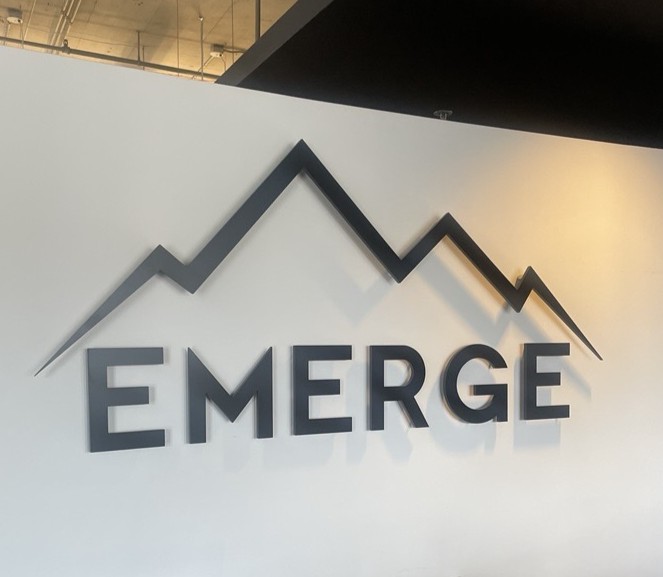On average, when a candidate is evaluating an offer, they are considering two others. We want to share ways you can both measure a candidate for selection and stand out in the offer process. The interview is designed to give us a sense of experience and fit. The interview process is there to give us a sense of urgency and follow through. There is no better place to evaluate a candidate’s capacity to finish a job than after an interview process has concluded.
We have suggested that hiring managers ask candidates to send them a follow-up email to explain why they think they are the best fit for the opportunity. Adding to the post-interview evaluation process, we measure several additional criteria. We start by laying out a timeline for acceptance of an offer letter, ensuring clear communication and expectations from both sides.
Here are a few notes to consider for the offer letter:
- First, we encourage our Clients to add personal touches to the offer letter! At a minimum, include language as to why the candidate is a good fit for the company or why we are excited to have them join a particular department. Use their dog’s name… Anything to show that you paid attention to the human part of the connection. Think beyond the interview itself. Did they mention an upcoming event, or express excitement about a specific aspect of the company? Referencing these details shows genuine interest and demonstrates that you value them not just as a future employee, but as a person. If you would like extra credit, one of the best ideas we have heard of is making nominal donations to causes the candidate brought up in their interviews. This furthers the human connection even more, showing that the company not only listens but actively supports what matters to their team members.
- Second, make all offers contingent on the timely completion of pre-employment and onboarding requirements. We encourage Clients to include thorough reference checking and screening requirements in the process to ensure we minimize risk or hiring mishaps. Additionally, most all onboarding processes are online. Trust us when we tell you this is a very strong place to evaluate a candidate’s capacity to self-direct, troubleshoot, and operate baseline technologies. In a world that requires a capacity to work alongside artificial intelligence, at a minimum, candidates need to be able to operate within an HRIS.
The Follow-Up Call
We encourage our hiring managers to schedule a follow-up call after offer acceptance. From a basic evaluation standpoint, did the candidate make the scheduled call on time? Additionally, as things change rapidly, it is helpful for your future employees to get any important context.
- Timeliness and Preparedness: Did the candidate make the scheduled call on time? This offers insight into their respect for deadlines and ability to stay organized. Were they prepared with thoughtful questions about the role? These questions demonstrate engagement and proactive thinking.
- Checking Alignment on Expectations: Things change rapidly in the job market! This follow-up call is crucial to ensure both employer and candidate remain on the same page about the role’s expectations, start date, or any other details that may have shifted. This helps prevent misunderstandings later and ensures a smooth transition.
Most importantly, this also serves as a time to check in on each other’s expectations. Remember those two other offers we talked about? This stage is also where you can get a better sense of a candidate’s enthusiasm and motivations. While data and follow-through are crucial indicators, experienced hiring managers often consider their overall impression of the candidate. Discuss how to balance these intuitive impressions with your objective evaluation process.
Beyond these, remember that the candidate experience begins the moment an offer is made. A smooth, personalized process leaves a strong impression and sets the stage for a positive onboarding and long-term employee relationship.
The post-interview process should serve as the bridge from candidate to employee, but only after a candidate has proven to be able to take the basic and necessary steps to become one. As long as candidates are reflecting interest, employers must seek to create a meaningful connection. It is these early efforts that can make a lifetime impression, fostering a commitment that extends beyond the initial job acceptance.



